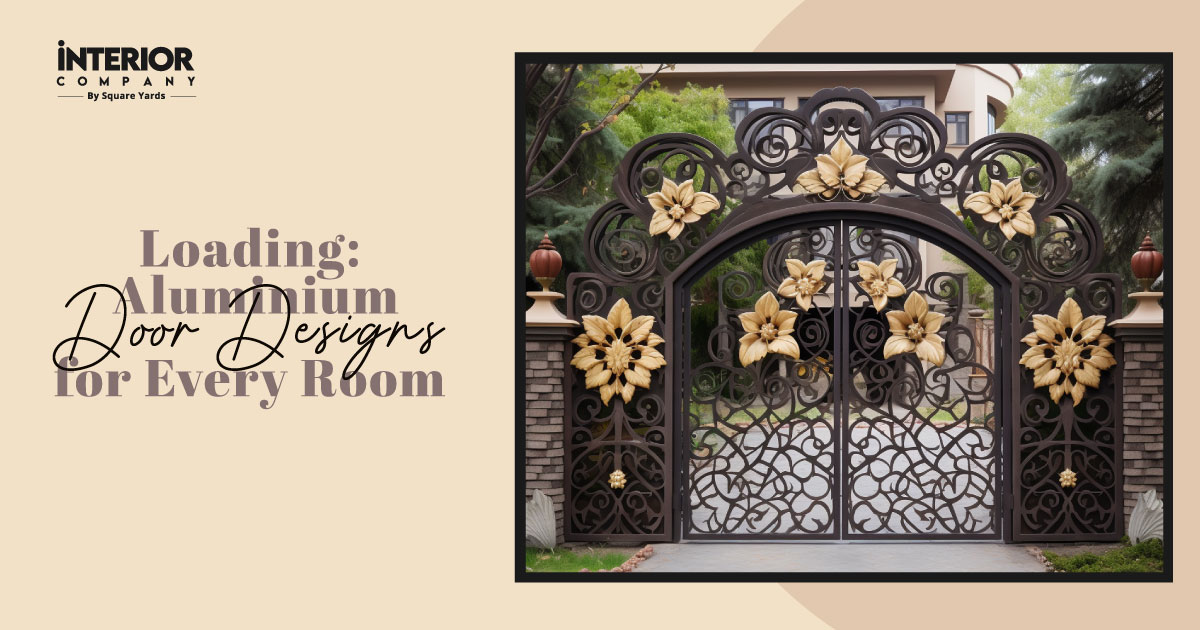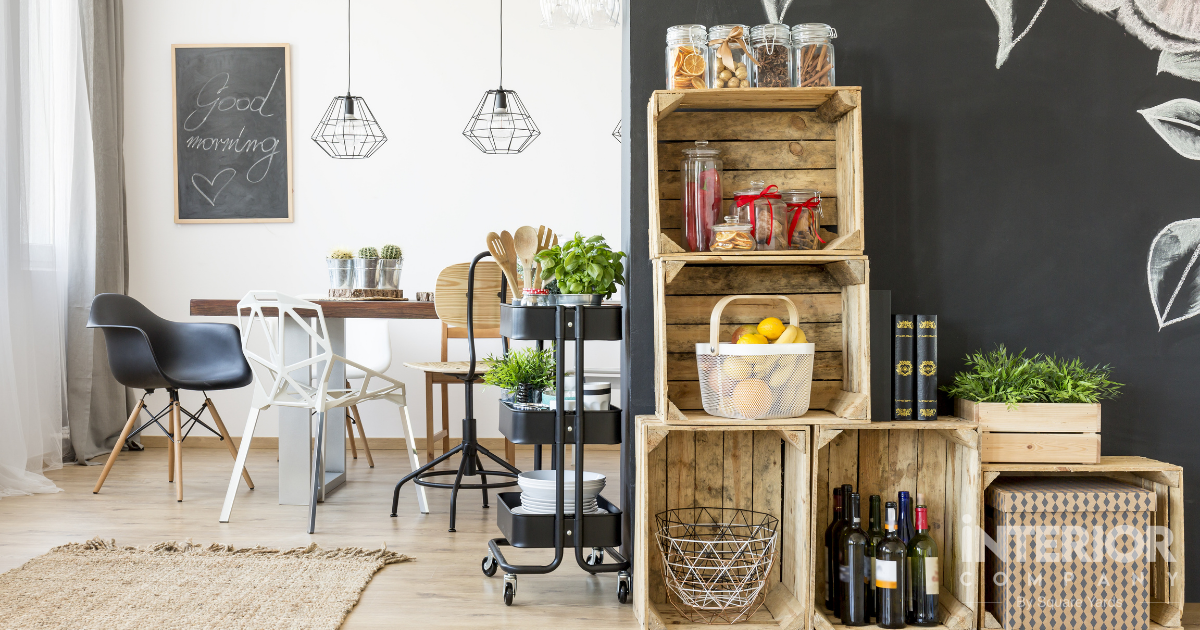- Home
- Trends
- Furniture And Decor
- Gardening
- Shade Plants
Top 15 Shade-Loving Plants That are Perfect for Gardens
Shade-loving plants play a pivotal role in garden design and maintenance. If you love beautifying the external surroundings of your house, these plants are indispensable for creating visually appealing and diverse landscapes. Known for creating a comfortable microenvironment, these shade plants make the area enjoyable for relaxation and recreation.
Table of Content
Shady plants fill spaces while enhancing the overall appearance that might otherwise remain underutilised. Their presence adds depth and texture to garden aesthetics, offering a perfect contrast to sun-loving counterparts.
By understanding and incorporating these plants, gardeners can enhance the overall beauty while maximising the functionality of outdoor spaces. The article is a comprehensive listicle that helps you discover the 15 shade loving flowering plants for your home garden.
Shade Loving Plants – What Are They?

Plants growing under shade are known as shade-loving plants or shadow plants. These plant species thrive in low-light or partial shade conditions, such as beneath trees or along buildings, and are suitable for areas with limited direct sunlight.
Before we delve into the list of outdoor garden plants, it's important to know how much shade the outer area of your house has – full or partial. For example, if your garden receives nearly three hours of morning sunlight, it's best to go with the flowering shrubs.
Your newly planted shaded flowers will need your attention and an extra bit of care to bloom in the hot weather. Plants in containers, particularly those in pots, will likely dry out faster than plants in garden beds. In high temperatures, check the pots frequently to ensure they are in good condition.
Let's now move on to the list of the best shade-loving plants you can have in your garden to brighten up any dark spaces.
Begonia
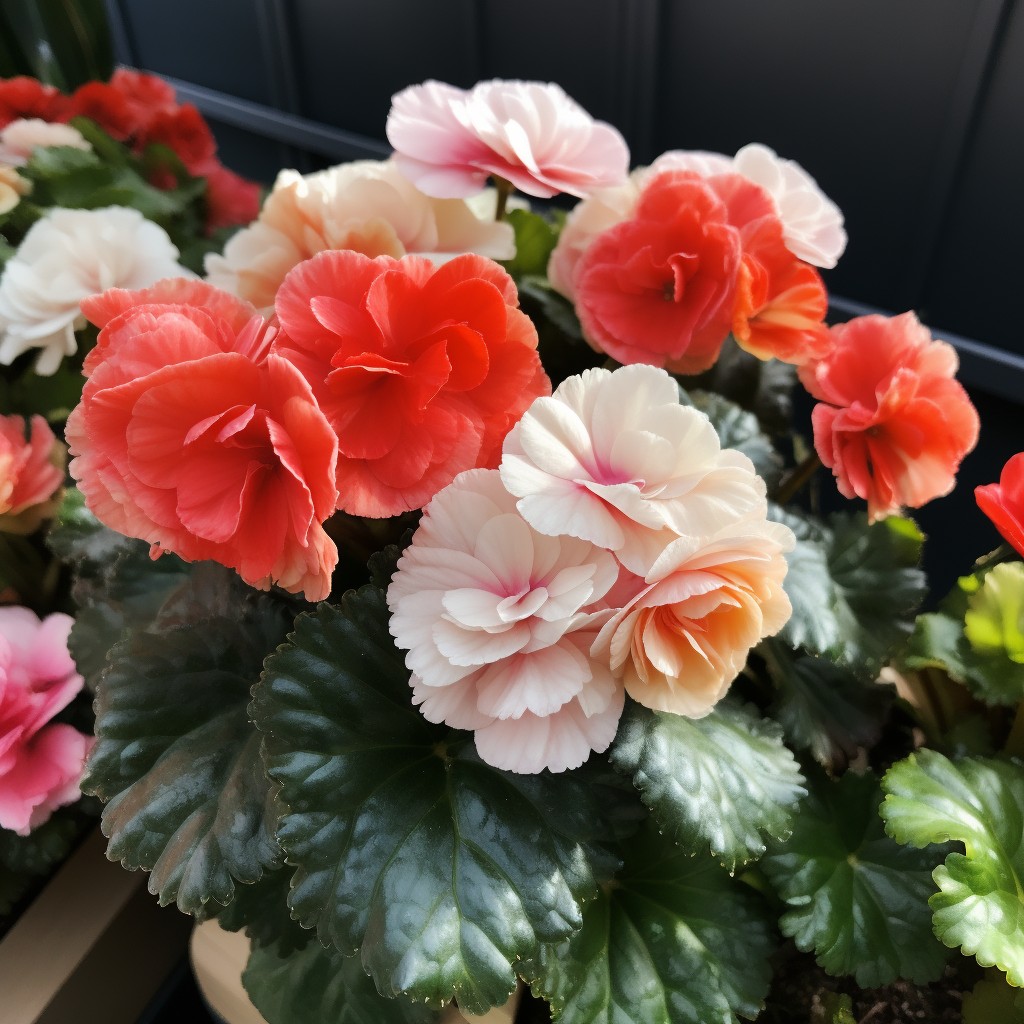
Belonging to the genus of perennial flowering plants, Begonia contains more than 2000 plant species. The fibrous-rooted bedding plants offer versatile options for outdoor gardens as well as indoor settings. So, they are perfect shade plants you can grow in your garden.
The shadow plant typically grows in any weather conditions, from cooler to warm and moist to dry climate. Depending on the variety you plant in your garden, expect them to grow anywhere between 6 inches and 3 feet tall.
Solomon’s Seal
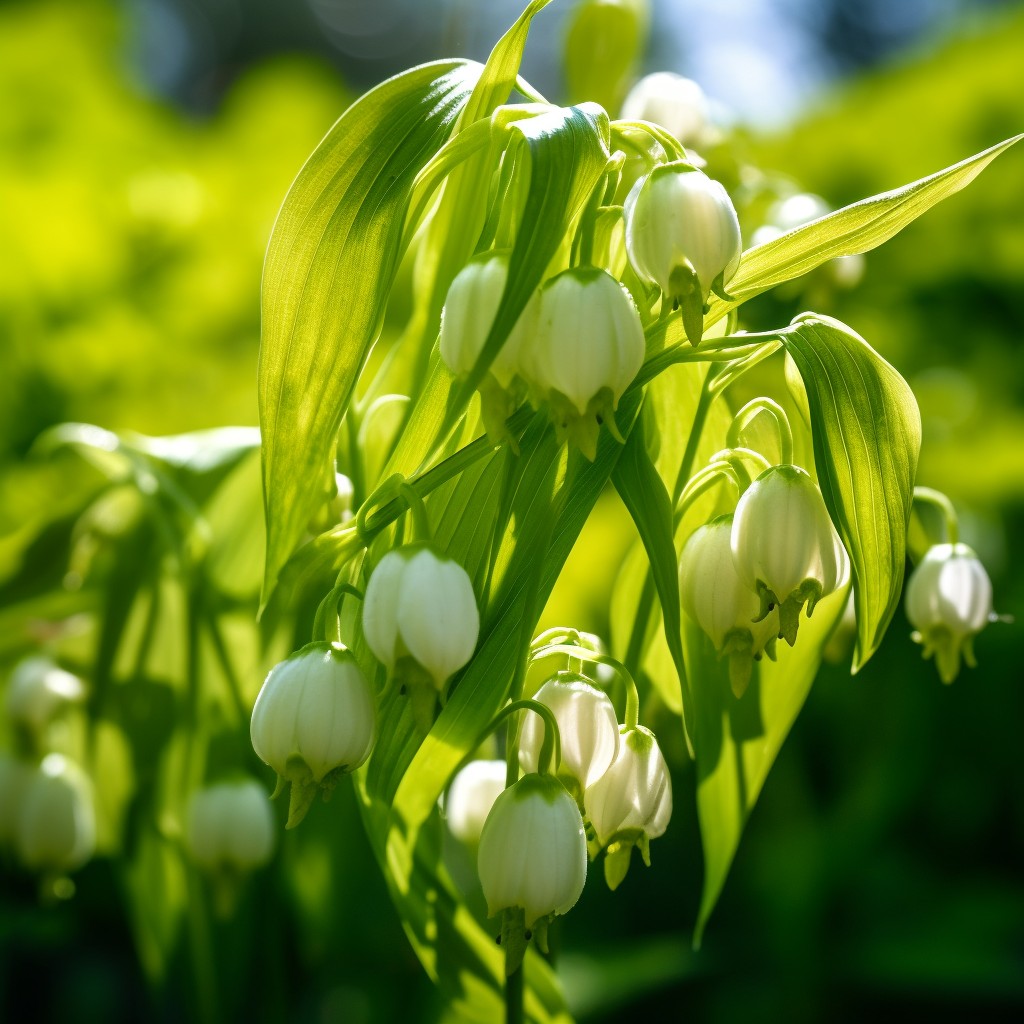
Solomon’s Seal, also known as Polygonatum, is a shadow-loving plant with arching stems and dangling bell-shaped flowers. Known for its elegant foliage, the plant features oval leaves along its stem. Valued for its resilience and adaptability, these plants support a variety of climates.
If your garden has a shady to part-shade environment, planting Solomon's Seal could be a good option. In addition, if you are looking to grow plants for outdoor garden settings that can spread over the ground area effectively while giving it a beautiful appearance, Solomon's Seal is the right pick.
Browallia
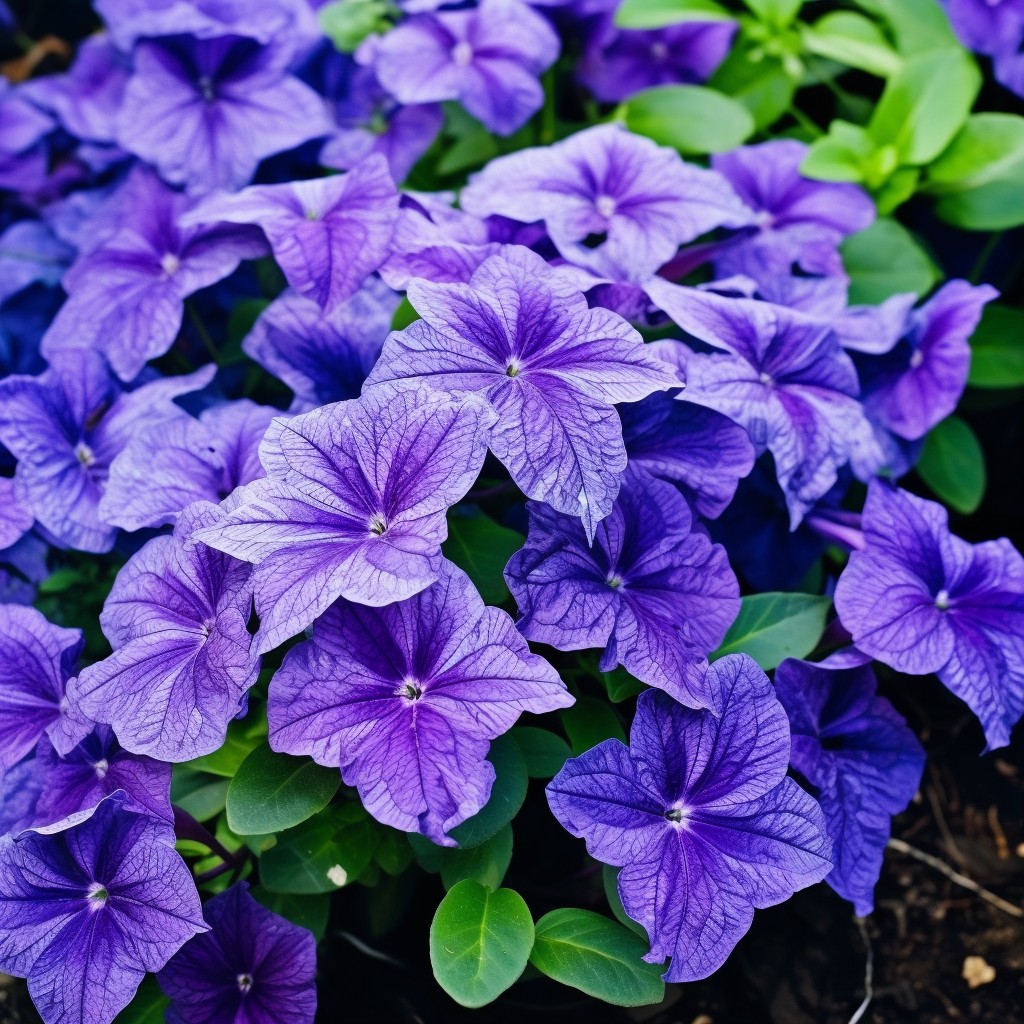
Commonly known as the amethyst flower, Browallia is an attractive flower cherished for its profusion of vibrant, star-shaped, blue and purple blossoms. The shade area plants grow in an environment with partial shade to full sunlight so it’s known for its versatility in various garden settings.
Most people prefer planting Browallia in their garden because of its low-maintenance properties. Plus, continuous blooming throughout the years makes it the best choice for gardeners who are looking for plants that grow in shade areas. The plant, with its deep green foliage, forms a lush backdrop to the flower that adds elegance to the garden.
Bletilla
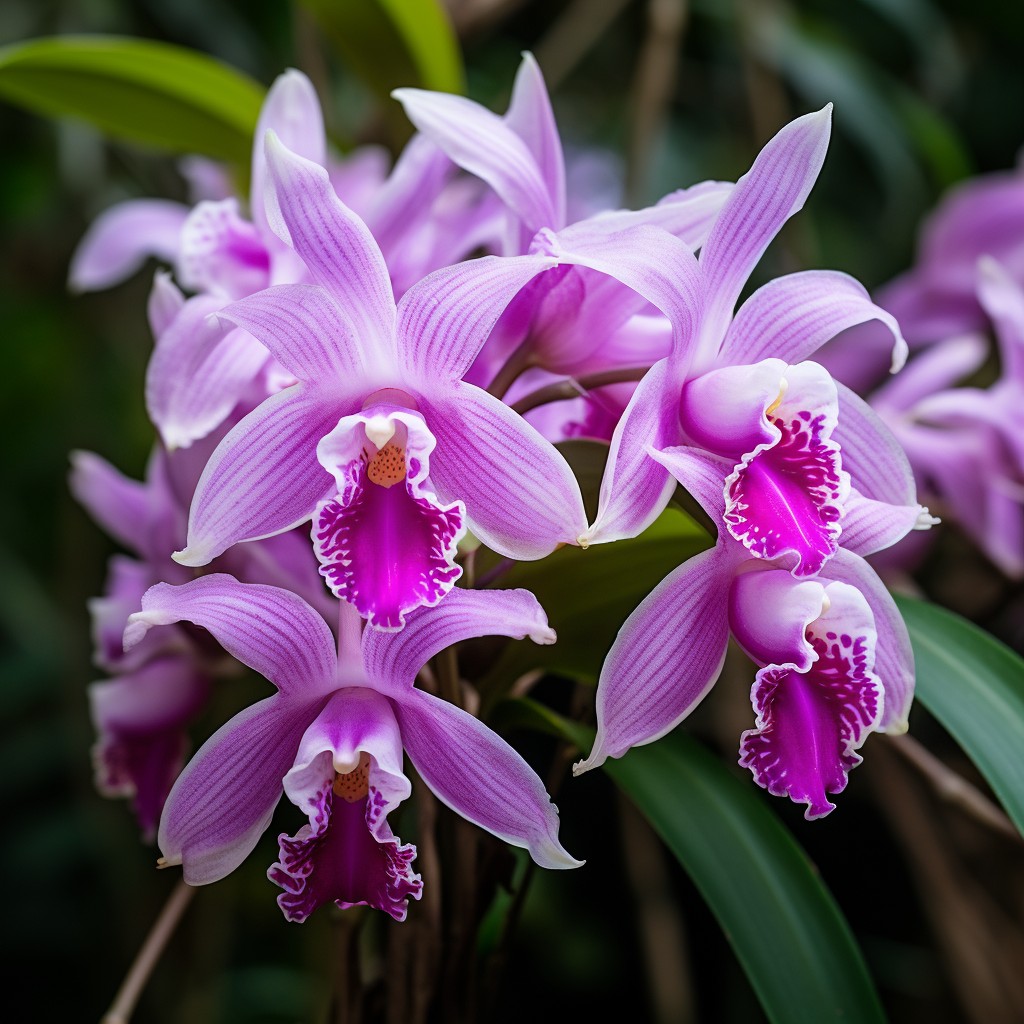
Bletilla, also known as the Chinese ground orchid, is a hardy terrestrial orchid prized for its graceful beauty. Characterised by slender stems topped with orchid-like flowers, Bletilla blooms in various colours, including shades of pink, purple, and white.
With a reputation for being relatively easy to cultivate, Bletilla adds an exotic and charming element to gardens, making it a favoured choice for orchid enthusiasts and gardeners looking to enhance their outdoor spaces with unique and elegant floral displays.
Caladium
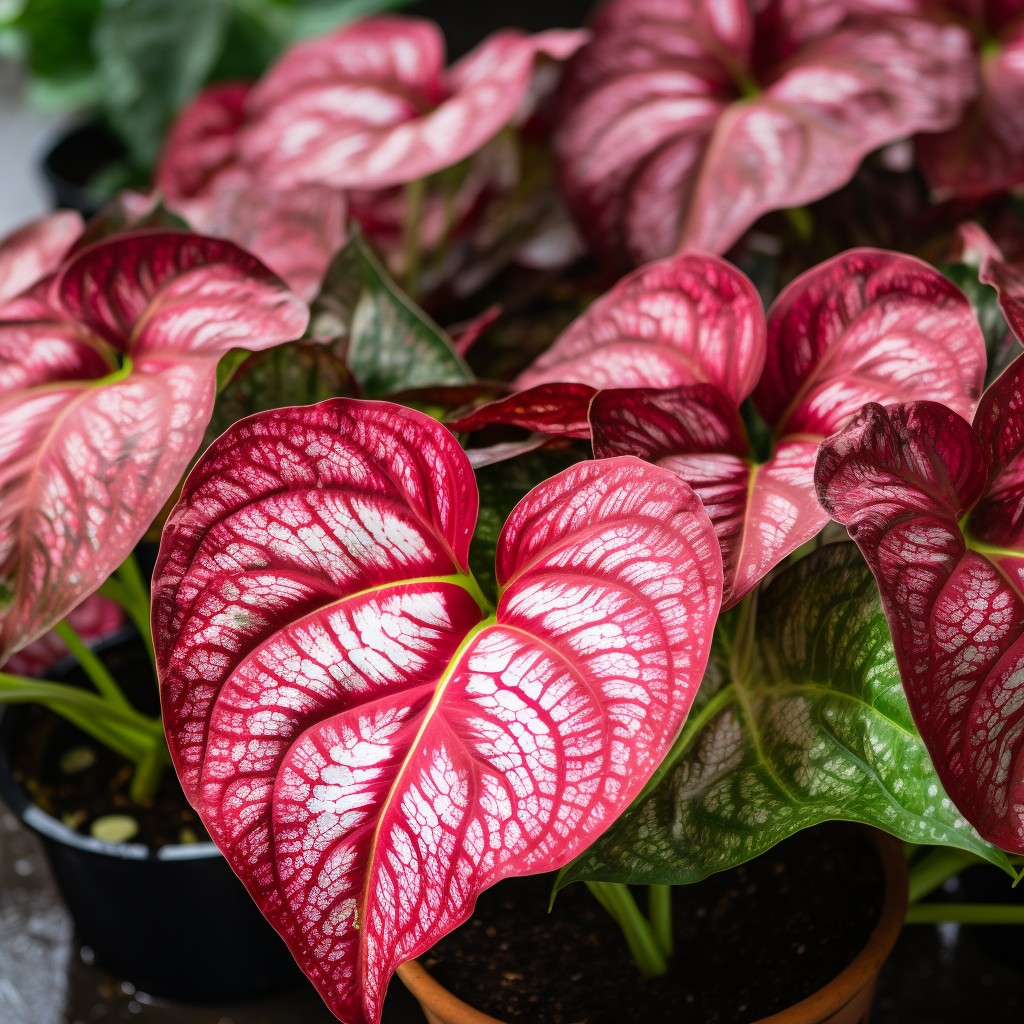
Caladium plants are excellent choices for garden settings due to their vibrant and colourful foliage. With striking patterns and hues of pink, red, green, and white, they add a burst of tropical elegance to both shaded and partial sun areas.
These low-maintenance plants can be grown in borders, containers, or ground covers. Caladiums are versatile flowers that grow in shade and are popularly known for enhancing the visual appeal of gardens with their unique leaf shapes.
Coleus
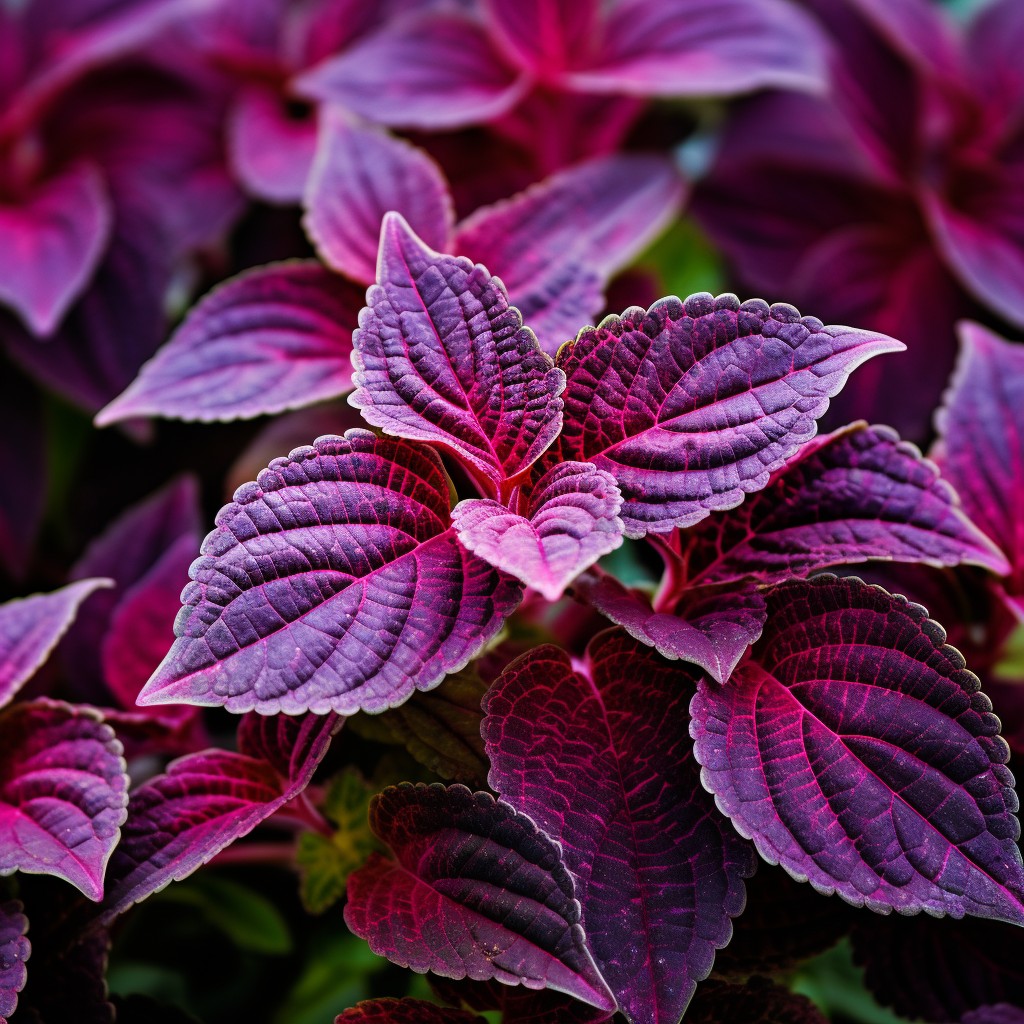
Coleus is known for its distinctive foliage and exceptional adaptability in outdoor garden settings. With velvety, serrated leaves featuring a vibrant blend of deep purple and green hues, Coleus adds drama and visual interest to both shaded and sunnier areas.
Coleus serve as striking semi shade plants in beds, borders, or containers, making it a versatile choice for gardeners seeking an easy-to-grow yet visually arresting addition to their landscapes, whether in full shade or partial sunlight.
Fuchsia

Fuchsia, a popular flowering shrub, is renowned for its tubular flowers that come in a spectrum of vibrant colours like pink, purple, and red. With delicate, contrasting sepals and a distinctive, downward-hanging bloom shape, Fuchsia adds an elegant touch to gardens.
In garden settings, fuchsia plants are often grown in hanging baskets, containers, or in the ground as shrubs. Fuchsia varieties have been hybridised to suit different climates, allowing them to be cultivated in a range of conditions, provided they receive adequate care and the right environment.
Lobelia
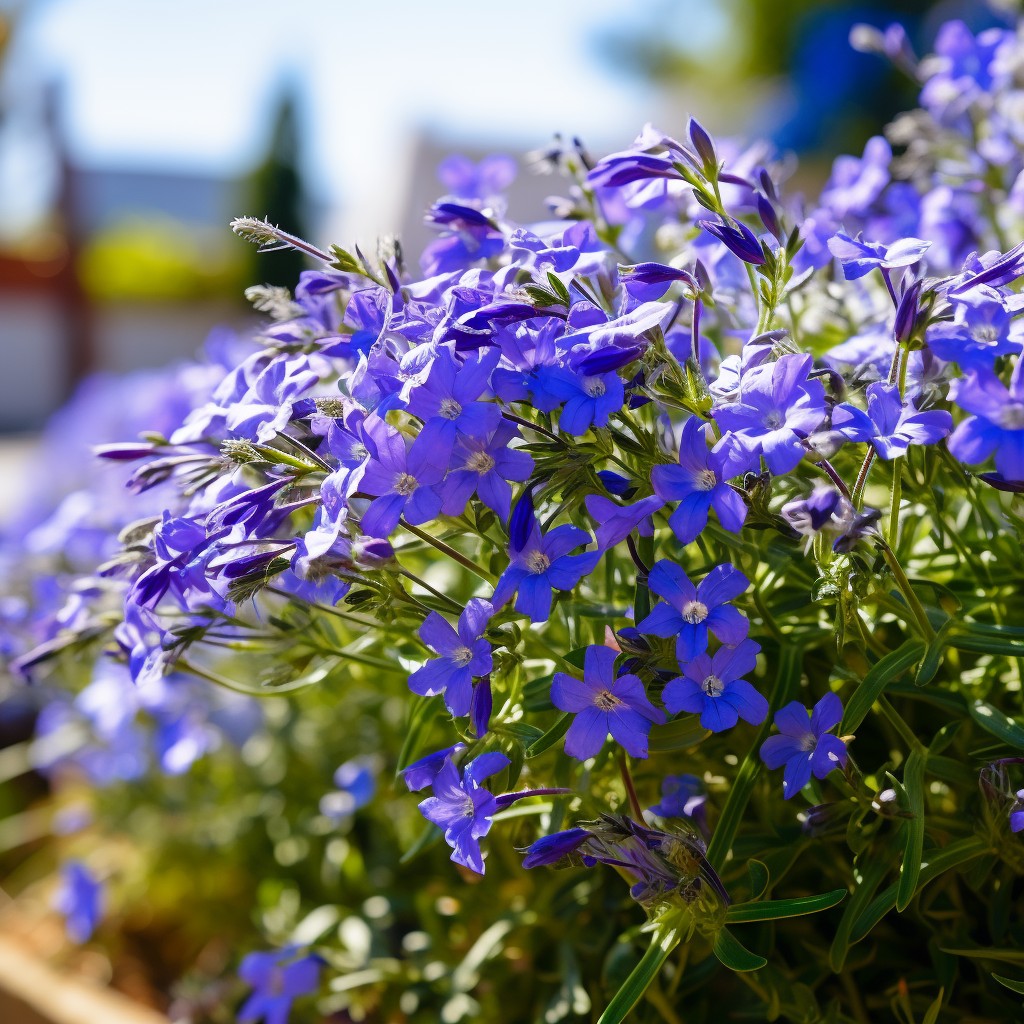
Lobelia, a diverse genus of shaded flower plants, encompasses annuals, perennials, and shrubs known for their vibrant and often intense blue, purple, or red blossoms. Widely cultivated as ornamentals, lobelia grace gardens, borders, and in containers.
Lobelias thrive in various conditions, from moist and boggy areas to well-drained soils, and adapt to both full sun and partial shade. Some species, like Lobelia Erinus, are popular as bedding plants, while others, like Lobelia Cardinalis, flourish along water margins.
Epimedium
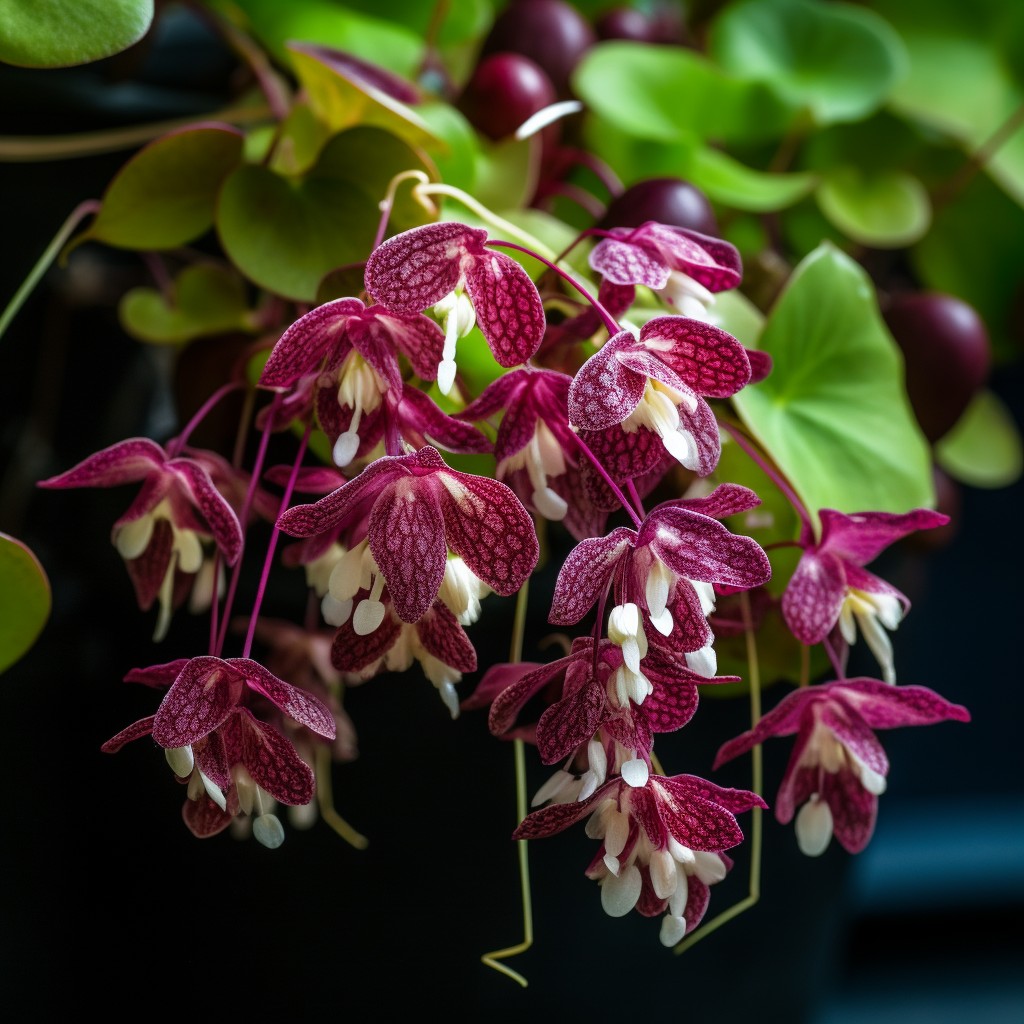
Epimedium, commonly known as barrenwort or bishop’s hat, is a resilient and low-maintenance garden shade plant prized for its heart-shaped leaves and spurred blooms. The ability to grow in humus-rich soil and partial to full shade makes it well-suited for woodland gardens.
Some varieties, like Epimedium X Versicolor, are ground covers, while others, like Epimedium Grandiflorum, offer upright stems. Renowned for its ability to tolerate dry conditions and adapt to various soil types, the plant is cherished by gardeners for its beauty, versatility, and ease of cultivation.
Viola
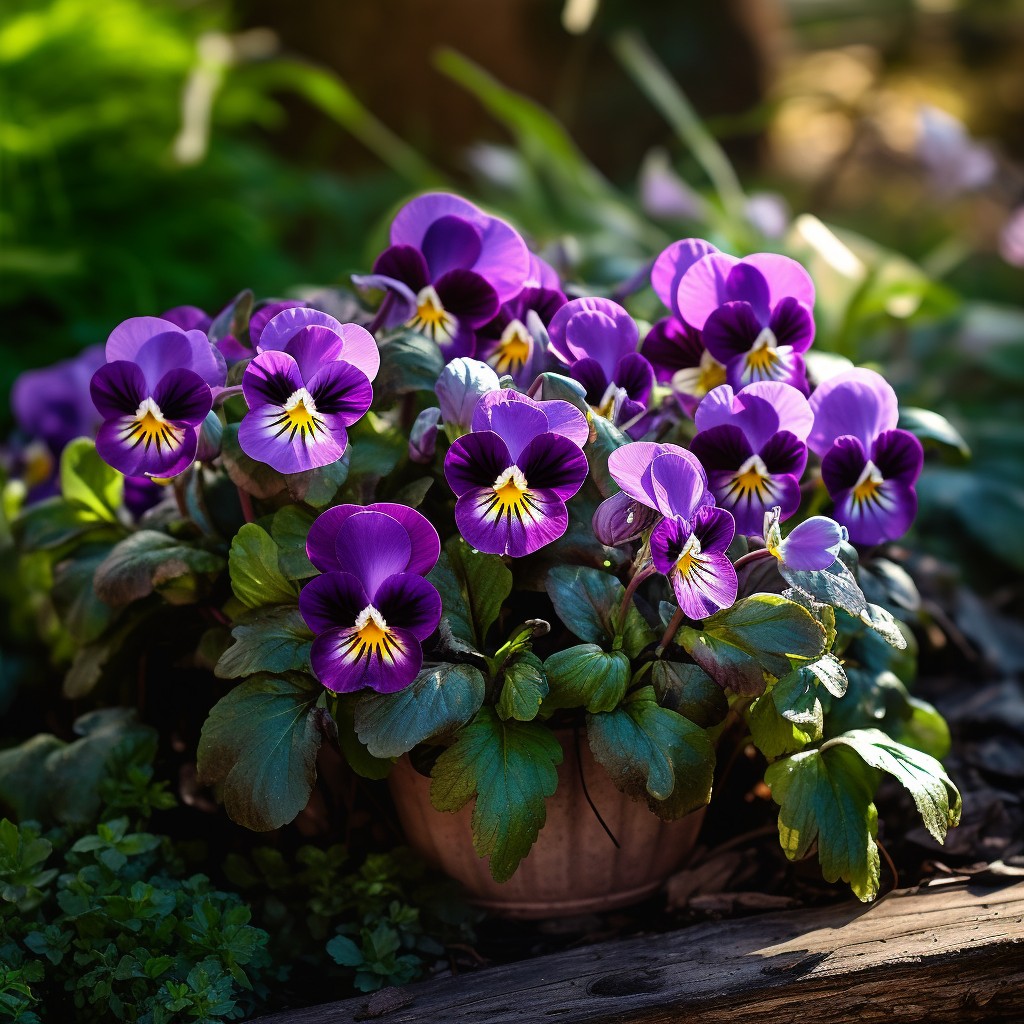
With distinctive five-petaled flowers in hues of purple, blue, yellow, and white, Violas are popular plants that grow in shade gardens or containers. Some varieties, like the Viola tricolour (pansy), are celebrated for their intricate patterns.
Violas thrive in cool weather and partial shade, displaying resilience in early spring and fall. Renowned for their ease of cultivation and adaptability to various climates, violas are cherished for adding vibrant colour and a delightful fragrance to gardens and landscapes.
Ligularia
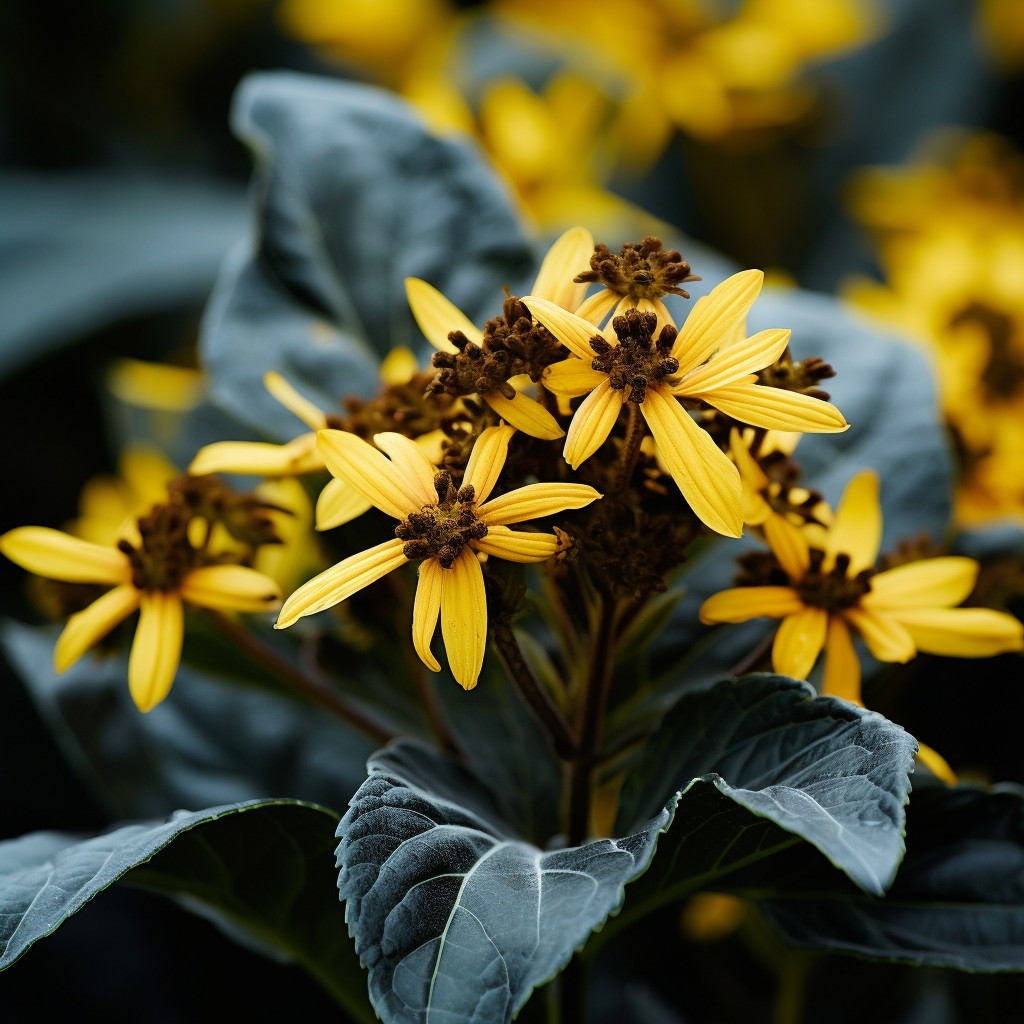
Ligularia, a genus of herbaceous perennial plants, is renowned for its bold and distinctive shade-loving features. Characterised by large, often heart-shaped leaves and tall spikes of yellow, orange, or burgundy flowers, Ligularia adds a dramatic element to gardens.
Some varieties, like Ligularia Dentata, display impressive drought tolerance. These plants are also valued for their ability to attract pollinators and contribute to the overall aesthetics of wetland or woodland garden settings.
Lungwort
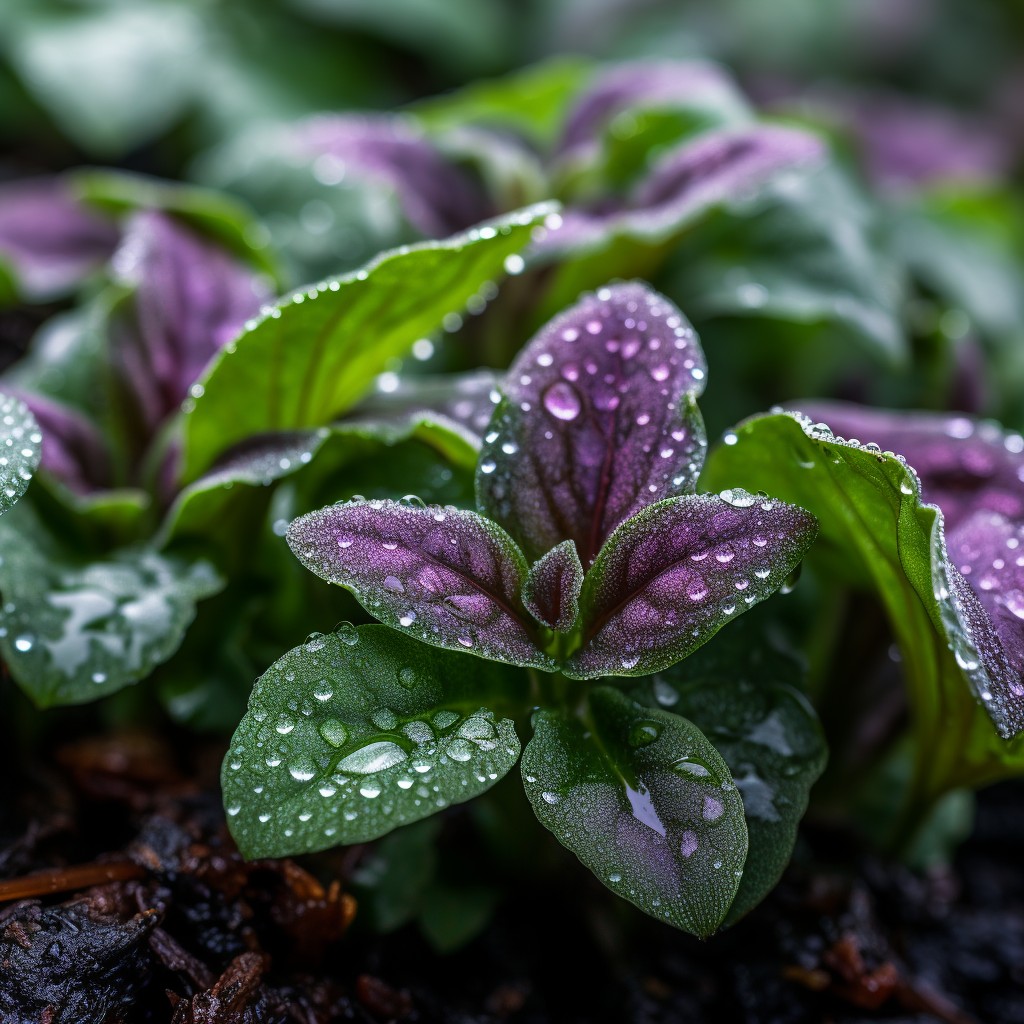
Lungwort, popularly known as Pulmonaria, is distinguished by its unique and attractive foliage. It often showcases leaves with silver spots or marbled patterns, creating visual interest. Lungwort is a hardy perennial that offers both aesthetic appeal and adaptability.
The shadow plant is renowned for its ability to change flower colours as they mature, with buds opening in shades of pink, purple, or blue. This dynamic colour shift on a single plant is a distinctive trait. Additionally, the plant has been historically used in herbal medicine for its purported respiratory health benefits.
Hosta
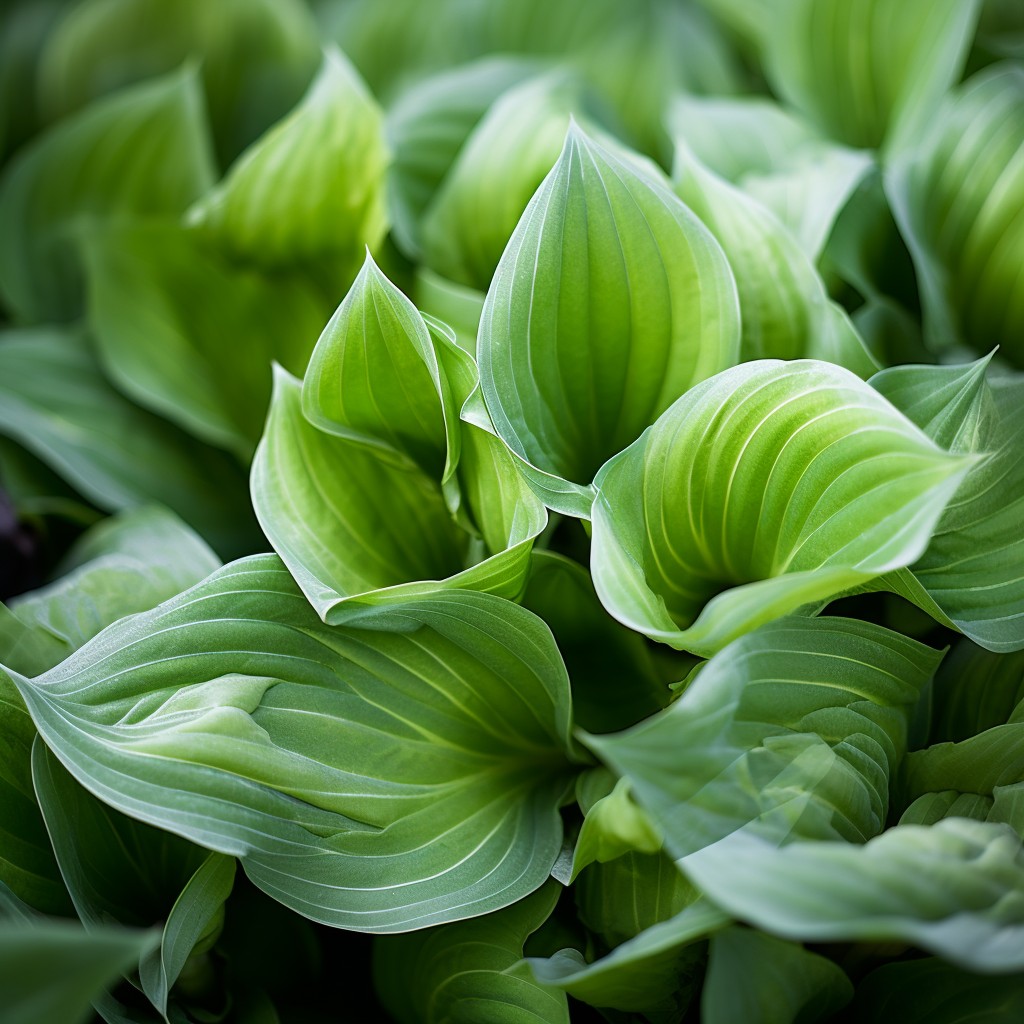
Hosta, a popular herbaceous perennial, is known for its lush foliage and adaptability. Characterised by large, textured leaves in various shades of green, blue, or variegated patterns, hostas are versatile plants suitable for shaded gardens.
Hostas produce elegant, often fragrant, funnel-shaped flowers in summer. With a range of sizes and leaf forms, from miniature varieties to large specimens, hostas are widely used for landscaping, borders, and ground cover, making them beloved for their aesthetic versatility and ease of care.
Impatiens
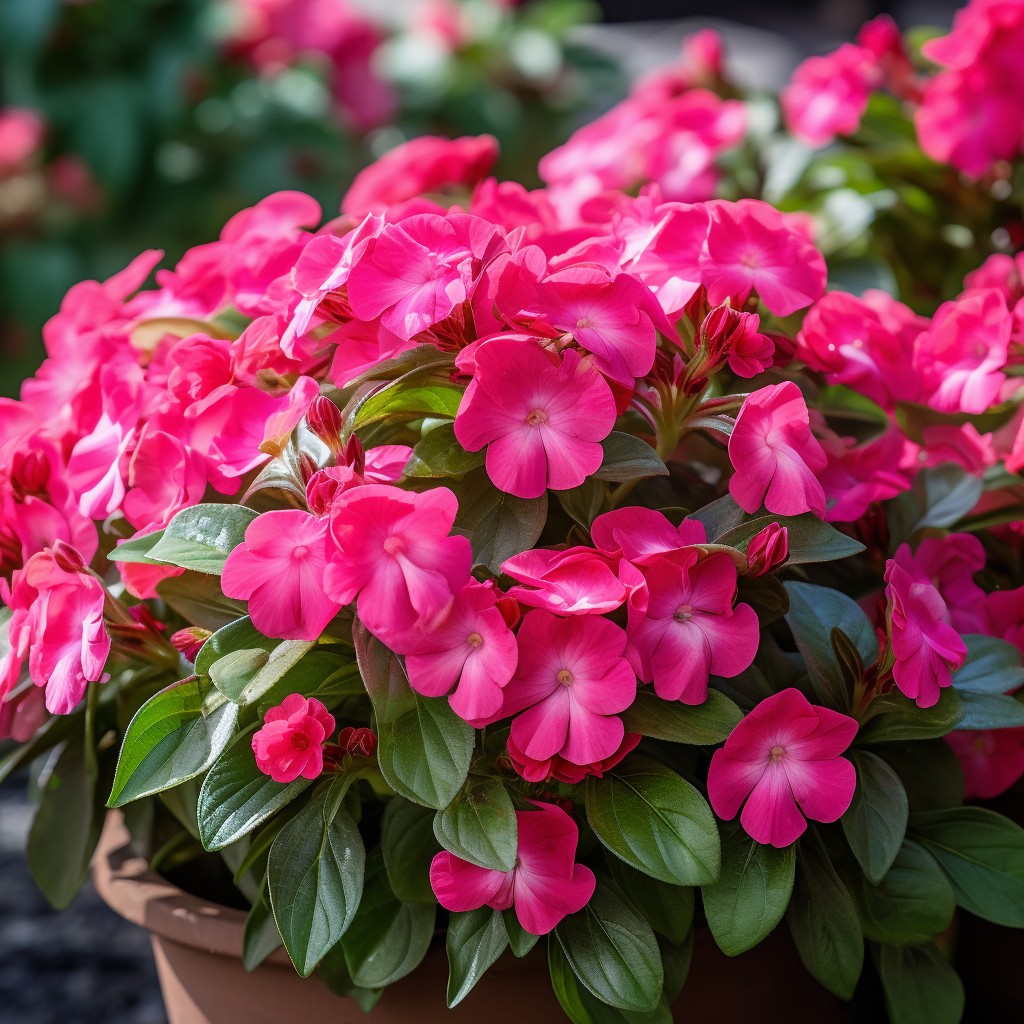
Impatiens, popularly known as busy Lizzies, are colourful annuals celebrated for their profuse and long-lasting blooms. These shade-loving plants feature vibrant, flat flowers in shades of pink, red, purple, orange, and white.
Known for their low maintenance and continuous flowering throughout the growing season, Impatiens add a burst of colour to shaded areas, making them popular selections for gardeners seeking vibrant and easy-to-care-for plants.
Lily of the Valley Shrub
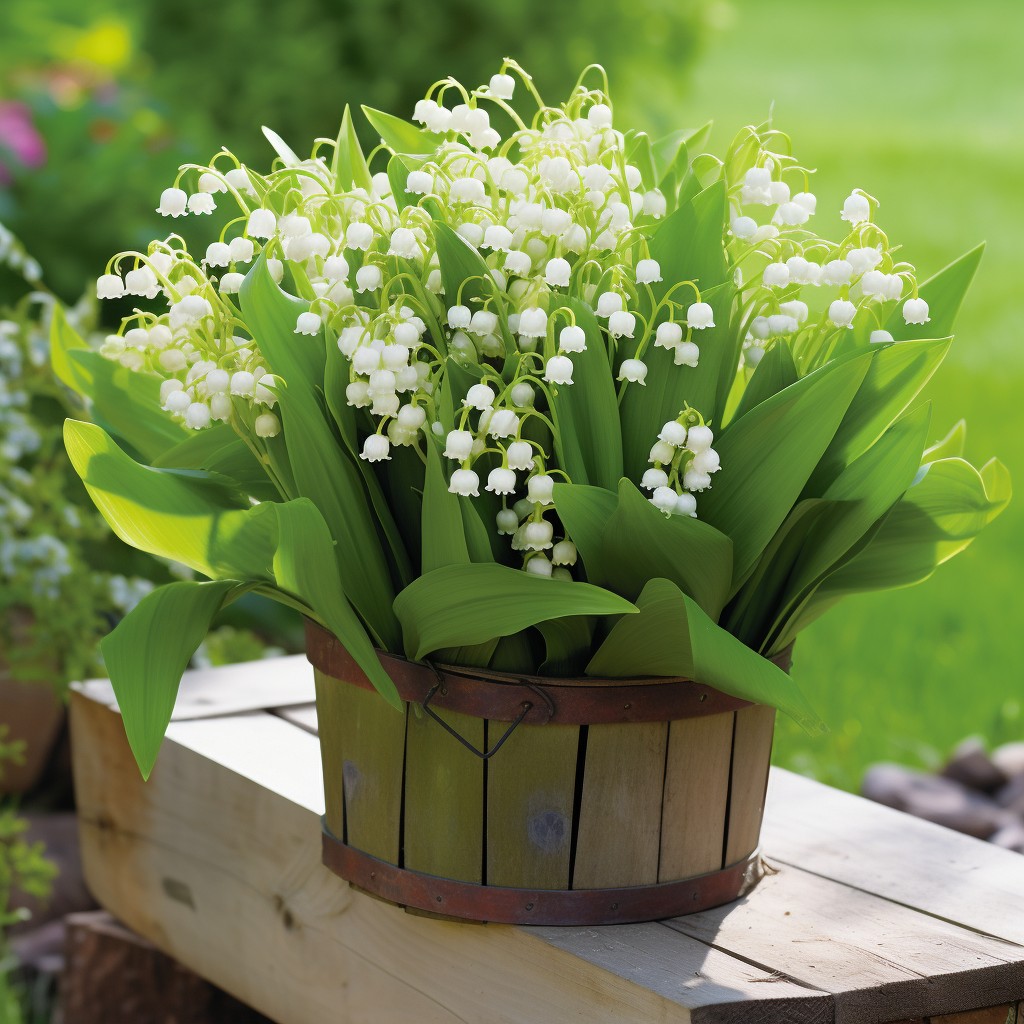
The Lily of the Valley Shrub (Pieris japonica) is a broadleaf evergreen known for its elegant, cascading clusters of bell-shaped flowers resembling the Lily of the Valley. With glossy, dark green foliage, the shrub grows in acidic soil.
Its compact size makes it versatile for borders or containers. The Lily of the Valley Shrub is admired for its fancy appeal, adaptability, and the pleasant fragrance of its blooms, making it a sought-after choice for adding beauty to shaded landscapes.
Conclusion
The plants that grow under shade are essential for landscaping in areas with limited sunlight, providing options for creating beautiful gardens in shaded environments. Some of these plants, such as Caladium, are known for providing a tropical ambience, making them an ideal choice for landscaping projects.
For more home decor inspiration, get in touch with the experts at Interior Company.
*Images used are for illustration purposes only. Interior Company does not hold any copyright to the images unless mentioned explicitly.*
Ready for a home transformation?
Let our designers assist you!
Recent Posts
Flowers that grow in shade are known as shade-loving plants. These plants grow in areas where sunlight is limited or filtered. Some of the examples include Hostas, Caladium, Fuschia, Lungwort, and Impatiens.
Shade-loving plants generally prefer well-drained soil enriched with organic matter. Regular watering, especially during dry periods, is crucial. Additionally, providing a layer of mulch helps retain soil moisture and suppress weeds. Some plants may benefit from periodic fertilisation.
Shade-loving plants generally prefer filtered sunlight, typically receiving a few hours of indirect light daily. Understanding the specific light requirements of each plant is crucial for proper placement within the home garden to ensure healthy growth.
Adequate watering is crucial for shade-loving plants. While they generally require less water than sun-loving counterparts, it’s essential to keep the soil consistently moist. Regularly check the soil moisture level and adjust watering frequency based on the specific needs of each plant and environmental conditions.
Yes, many shade-loving plants are well-suited for containers. Select a quality potting mix, ensure proper drainage, and choose containers that match the size requirements of the plants. Container gardening allows you to move the plants around to find the optimal balance of sunlight and shade.
Related Category
- Door Design
- Exterior Design
- Indoor Plants
- Outdoors









